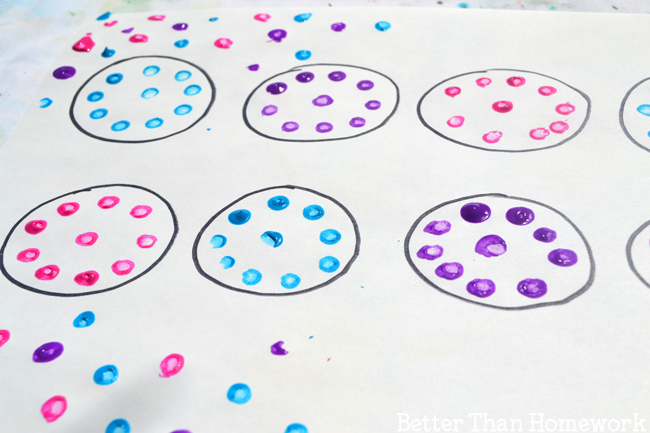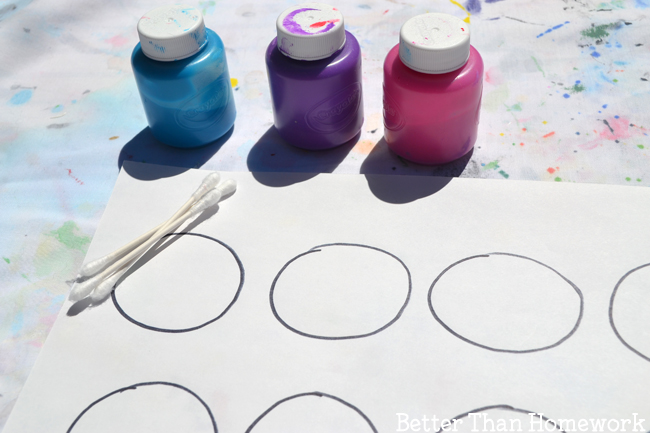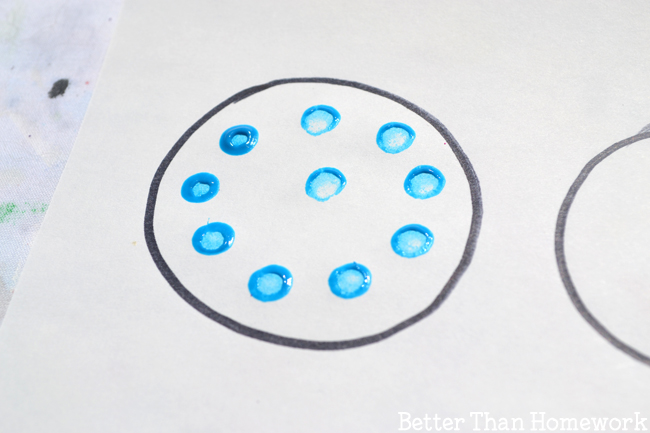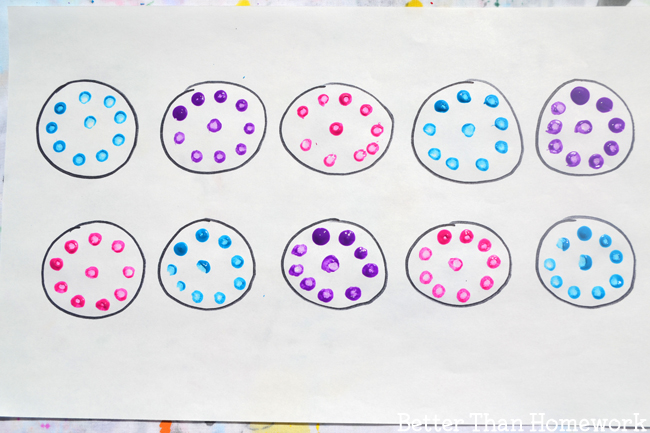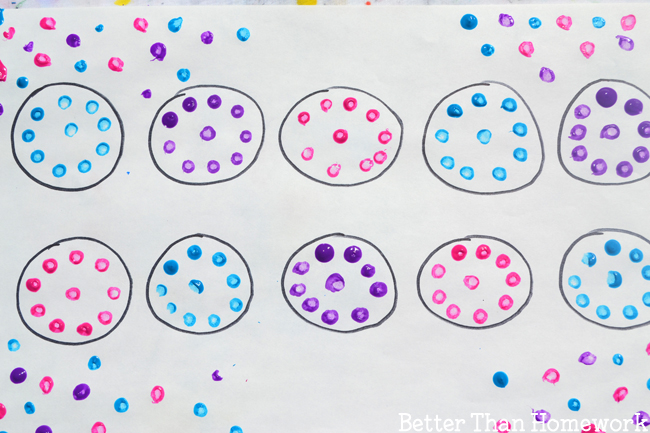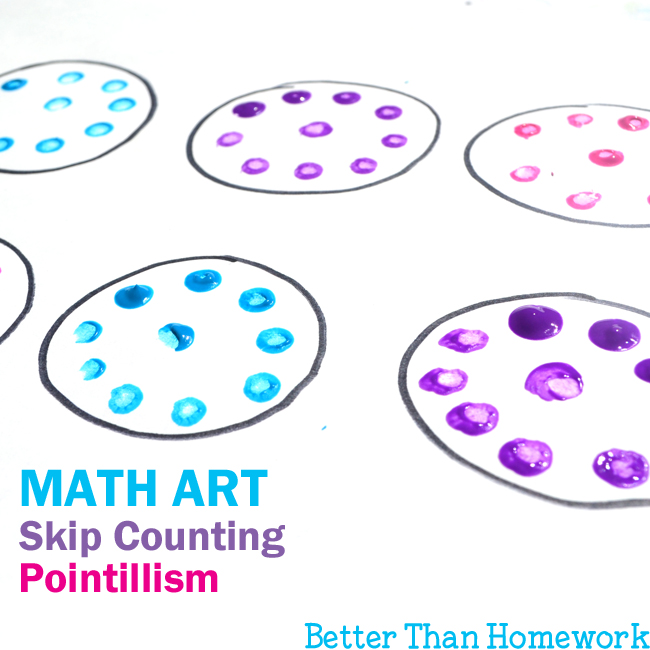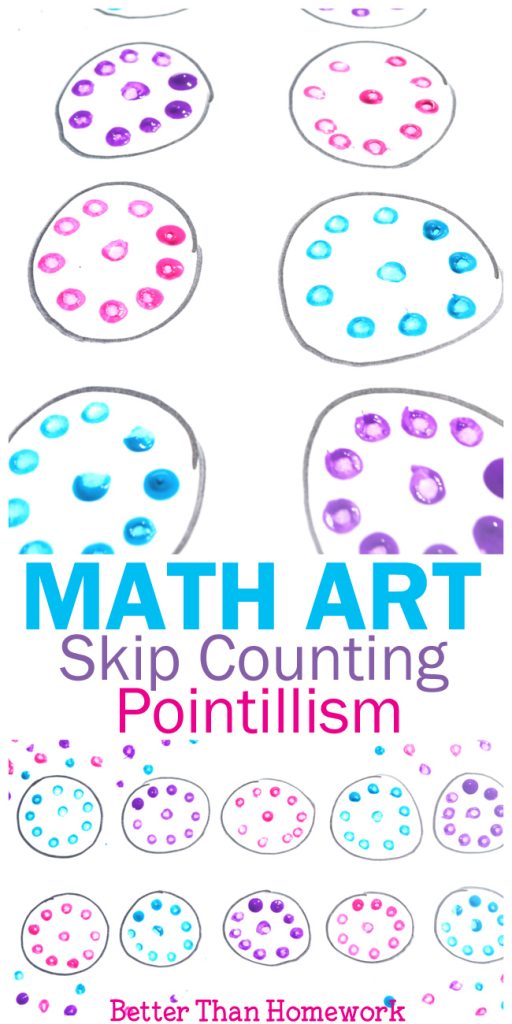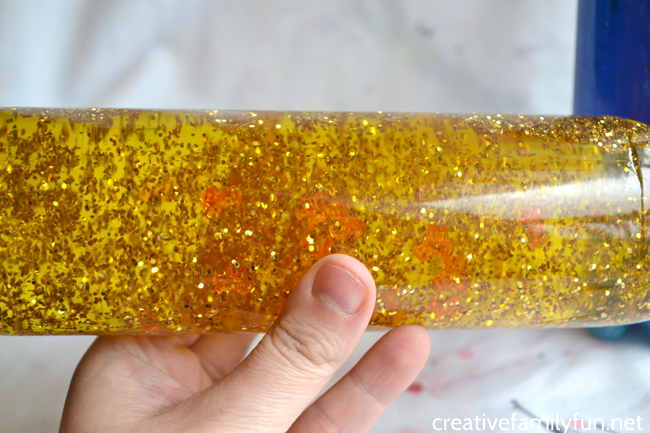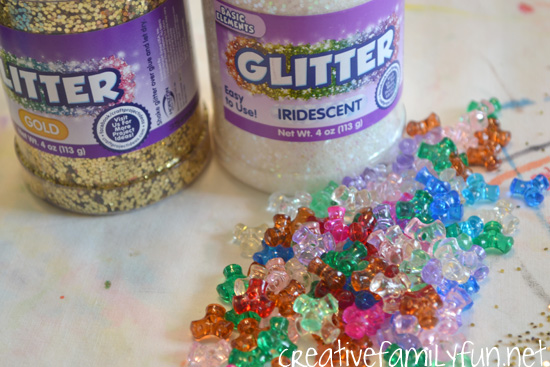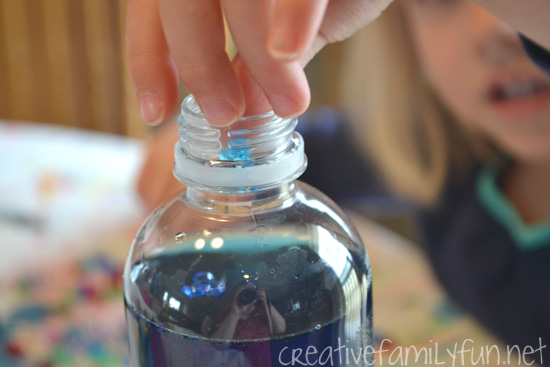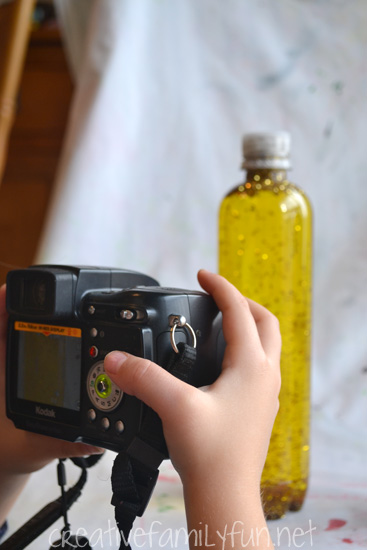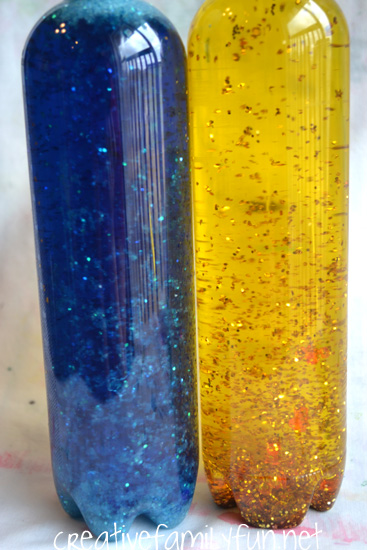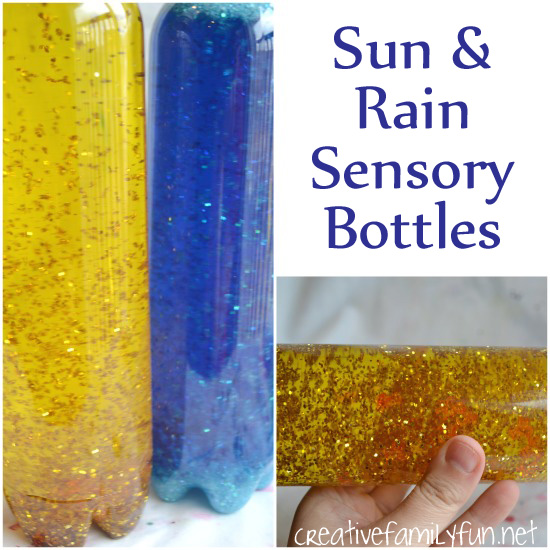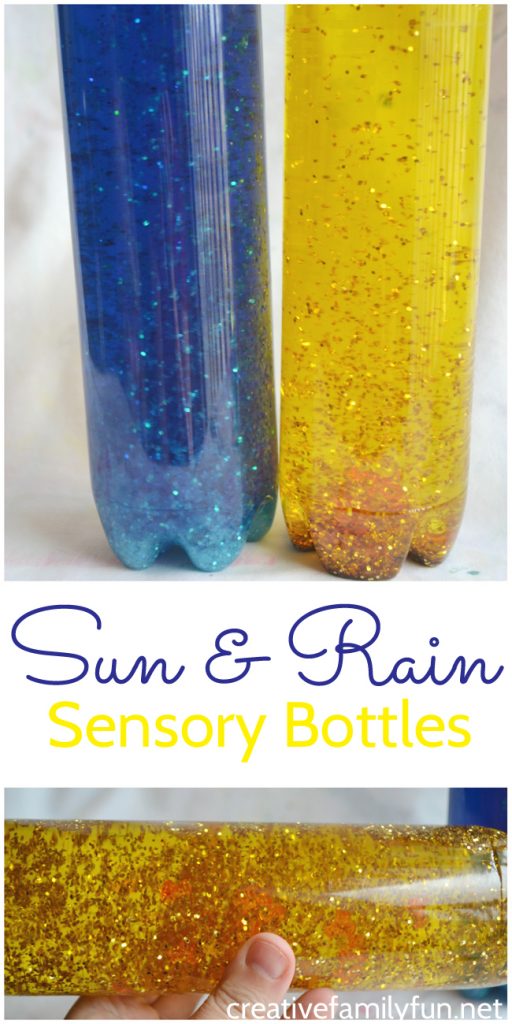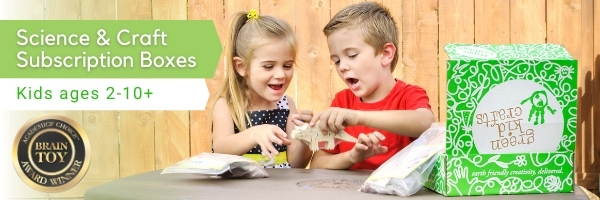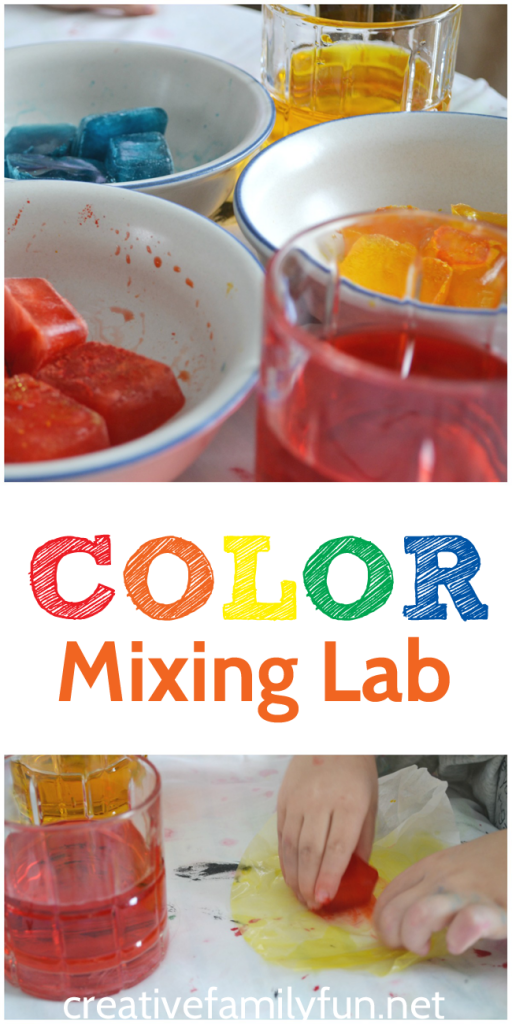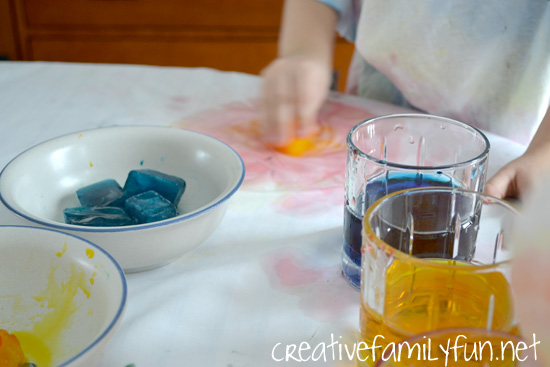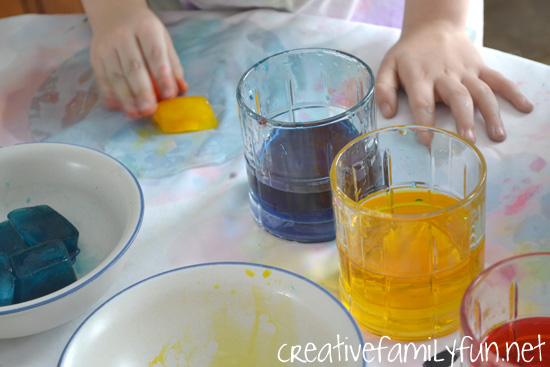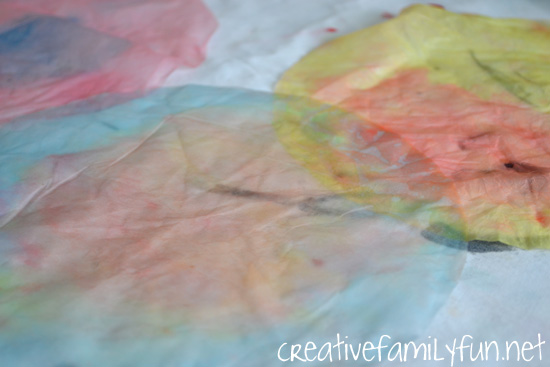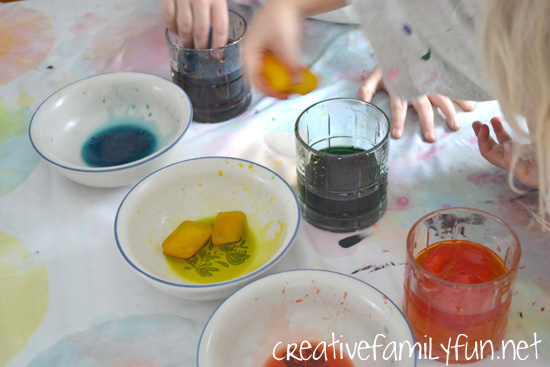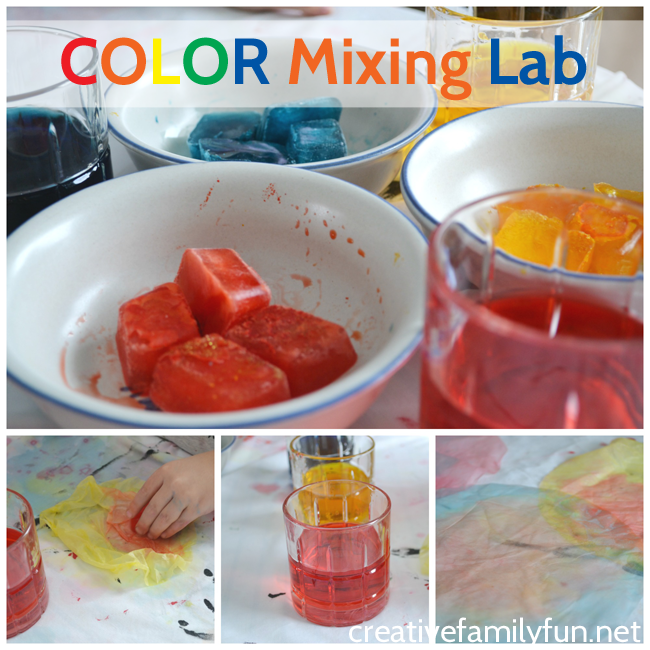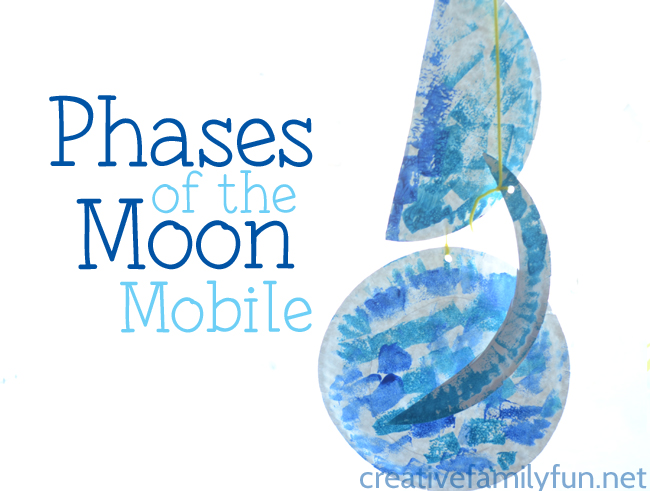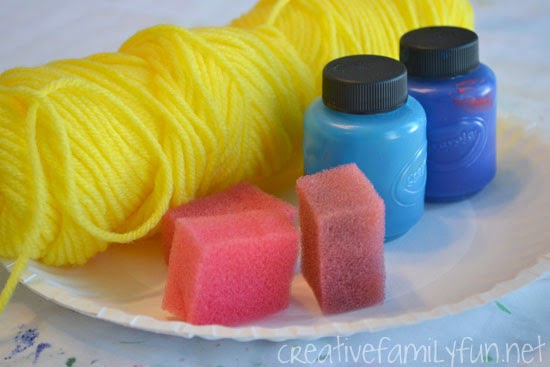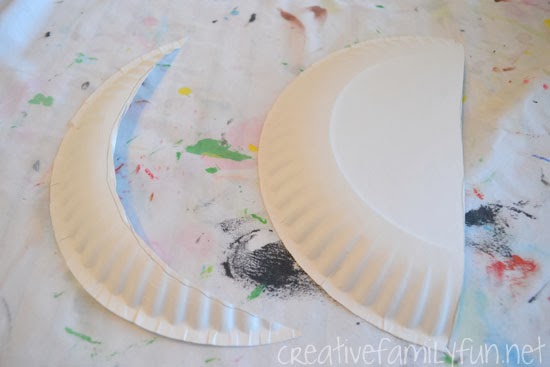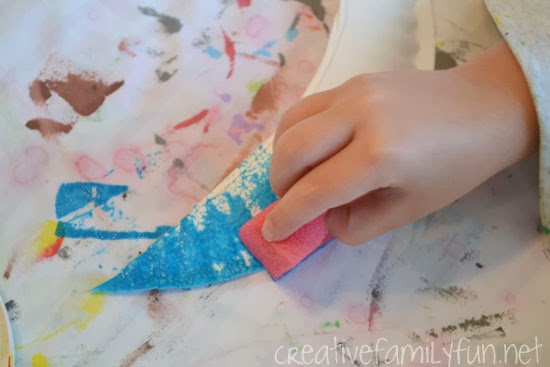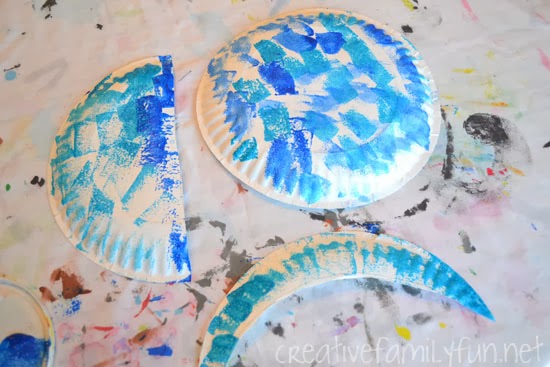I’m very fascinated with the combination of math and art. There are some truly amazing things you can do. And honestly, the ideas are endless.
This time we kept it simple with a math art project that combined pointillism and skip counting. It was simple and the results were fun.
Disclosure: This post contains Amazon Affiliate and other Affiliate links. Please see my Disclosure Page for more details.
What is pointillism?
Before we begin, we need to understand our art term, pointillism. To create pointillism, a painter uses small, distinct dots in varying colors applied in a pattern to form an image.
One of the most famous paintings that uses this technique is A Sunday on La Grande Jatte by Georges Seurat. You can see it here.
So, for the art portion of our project, we’ll be using dots to create our pictures.
What is skip counting?
Skip counting is basically counting by any number other than one. You can count by 2s: 2, 4, 6, 8, 10. Or, you can count by 5s: 5, 10, 15, 20, 25.
You can find a detailed explanation of skip counting here at Creative Family Fun.
We’ll be counting by 10s for this project.
Now let’s combine pointillism and skip counting for a fun math art project.
First, you’ll need a few supplies: paint, cotton swabs, marker, and paper.
Next, you’ll need to lay your foundation. We were skip counting by 10 all the way to 100 so I drew ten simple circles on my paper for each of my set of dots.
Don’t limit yourself to circles. You can do triangles, squares, ovals, or any fun design of your choice. You just need one shape for each set of ten.
Once you’ve got your foundation, it’s time to paint. Dip your cotton swabs in paint and use them to create a design of dots in each circle. Put ten dots inside each circle.
Use a simple design or just random dots. The important part of the project is to make sure you only have 10 dots in each shape.
Now it’s time to skip count!
Once you have your dots in each circles, you’ve got a pretty representation of skip counting by ten.
Count your circles: 10, 20, 30, 40, 50, 60, 70, 80, 90, 100. You’ve got one hundred dots total on your skip counting math art project!
When you’re done, feel free to be creative and add even more dots to make an art project you’re proud of. Our skip counting is inside our shapes and the embellishment is just for fun.
More versions of this math art project:
Paint a picture for each set of skip counting numbers. What shapes will you use when you’re counting by twos? What shapes for counting by fives? Can you make a unique painting for each skip counting set?
Can you create skip counting sets without drawing the foundation shapes? Use just your dots to create ten different design sets.
Use this project to illustrate a multiplication problem. Do a math pointillism project for 5×5, 6×9, or 8×4. Fun, right?
How else can you do math pointillism?
How would you mix this project up?
If you enjoyed this math art project, the above picture is perfect for sharing on Facebook, or you can share the picture below on Pinterest.
You may also like one of these math activities:
Fine Motor Skip Counting Activity
Skip Counting by Tens with Bottle Caps at Creative Family Fun
Potato Printing Tesselations at Rainy Day Mum
